Living with Attention Deficit Hyperactivity Disorder (ADHD) can bring unique challenges as well as incredible strengths. People with ADHD are often creative, energetic, quick-thinking, and full of ideas. Yet, difficulties with attention, organisation, time management, and regulation can sometimes make daily life at home or work feel overwhelming.
The good news is that ADHD can be managed with the right strategies, support, and environment. Whether you’ve recently been diagnosed or you’ve lived with ADHD for years, practical adjustments can make a huge difference. This article explores what managing ADHD looks like in everyday life, offering strategies for both home and the workplace
ADHD affects the brain’s executive functions, the mental skills that help us plan, organise, remember and control impulses. It’s not a matter of laziness or lack of intelligence. Instead, the ADHD brain processes information differently.
These differences could include:
- Time blindness – losing track of time or underestimating how long tasks will take.
- Forgetfulness – misplacing items or missing appointments.
- Difficulty starting tasks – particularly boring or overwhelming ones.
- Impulsivity – taking action without fully thinking about the consequences.
- Hyperfocus – intensely focusing on something interesting, sometimes to the point of losing awareness of time or other priorities.
- Emotional intensity – feeling emotions more strongly and finding it challenging to regulate them.
Understanding the executive functions and how they impact ADHD can be the first step in developing strategies that work with strengths whilst also reducing difficulties.
Historically many people with ADHD have struggled with feelings of low self-worth and the belief that they are not ‘good enough.’ This often stems from repeated experiences of criticism, misunderstanding and unmet expectations in school, work and relationships.
Because ADHD can affect organisation, focus and memory, individuals may grow up receiving more negative feedback than positive reinforcement.
Over time this pattern can create a deep sense of inadequacy and the internalised message that they are failing even when they are putting in tremendous effort.
These feelings are not inherent to ADHD itself but rather the result of living in environments that are not designed to support neurodivergent ways of thinking and learning.
Finding a job that is both stimulating and challenging is often a much better fit than one that is repetitive or boring.
ADHD is an interest-based condition that is motivated by interest, novelty, challenge and urgency so a stimulating job helps keep focus and energy levels high.
When people feel supported they’re more likely to perform at their best. Implementing strategies tailored to individual needs, such as task prioritisation and distraction management, allows people to focus better and work more efficiently.
In turn, people are more likely to stay with an organisation that recognises and supports their unique needs. When employers provide accommodations and encourage a culture of inclusion and equity, employees feel valued and are less likely to leave, reducing the costs and disruption associated with turnover. So, with that in mind, here are some ideas to support ADHD in the workplace.
If possible, organise your work area for efficiency. The environment in which we work directly influences focus, motivation and productivity and here are some reasons why:
- Reduces distractions. ADHD brains are highly sensitive to external stimulation. A cluttered desk or work area can pull attention in multiple directions making it harder to concentrate and focus. Try to remove the ‘visual noise!’
- Supporting the working memory. The ADHD brain may have challenges with holding information in the brain for short periods of time. If messages and items are misplaced under a cluttered desk you can waste valuable mental energy trying to remember where things are.
- Eases task initiation. When the working environment is clear and necessary items are accessible, starting a task can feel less overwhelming which minimises procrastination. Try starting the first five minutes of every day by clearing the area in which you work to avoid delaying getting started.
Environmental changes, such as reducing auditory and visual distractions (using noise-cancelling headphones, organising workspaces), can help to increase concentration and task accuracy among people with ADHD.
Set clear goals and prioritise tasks helps by providing direction and acts like a roadmap to keep you on track.
- Break down large tasks into manageable steps using resources such as Goblin Tools which is a clever, free app and website designed with neurodivergent people in mind (though anyone can use it). It uses AI to break down tasks, organise thoughts, and reduce the mental load of executive functioning.
- Use task prioritisation tools such as Todoist which is a task and project management app that helps people organise their work and personal life. It’s popular because it’s simple to use, but powerful enough for big projects.
- Trello is a visual project management tool which helps you organise tasks and projects using boards, lists and cards. It’s like having a digital noticeboard with virtual sticky notes you can move around.
Research has shown that breaking tasks into smaller steps and setting clear, achievable goals can help individuals with ADHD feel more in control and avoid procrastination. A study by Ramsay and Rostain (2015) found that goal setting and task segmentation directly improve motivation and task completion in adults with ADHD.
Accountability and Social Support
Accountability and social support are especially important for people with ADHD because they help bridge some of the challenges linked to executive functioning, motivation, and self-regulation. They can help:
- Boost motivation. Knowing that someone else is expecting progress can provide the push to start and complete tasks.
- Helps momentum. People with ADHD may start tasks enthusiastically but struggle to complete them. Having a regular check-in creates the gentle pressure needed to achieve goals.
- Encourages problem-solving. Sometimes talking through challenges with a supportive person can help with perspective in finding new strategies and answers to queries.
Body doubling and accountability partnerships are supported by findings that social reinforcement can aid task completion for people with ADHD. Social support in the form of accountability partners can boost motivation, according to Ramsay and Rostain (2015), who found that social involvement helps reduce isolation and enhances productivity.
Living with ADHD is about recognising both the challenges and the strengths that come with it. By putting the right supports in place, people can unlock their creativity, energy and problem-solving skills rather than feeling weighed down by difficulties with organisation or focus. Practical strategies such as using the digital tools mentioned, creating a supportive environment and building daily routines are not about changing who you are, but about making life easier and more manageable.
Above all, ADHD is not a flaw to be fixed. It is a different way of experiencing the world that, when understood and supported, can lead to innovation, resilience and success. With the right adjustments at home and in the workplace, people with ADHD can thrive and show the immense value they bring to families, teams and communities. By focusing on strengths, and providing compassionate support, we can move towards a world where neurodivergence is not just accepted but celebrated.


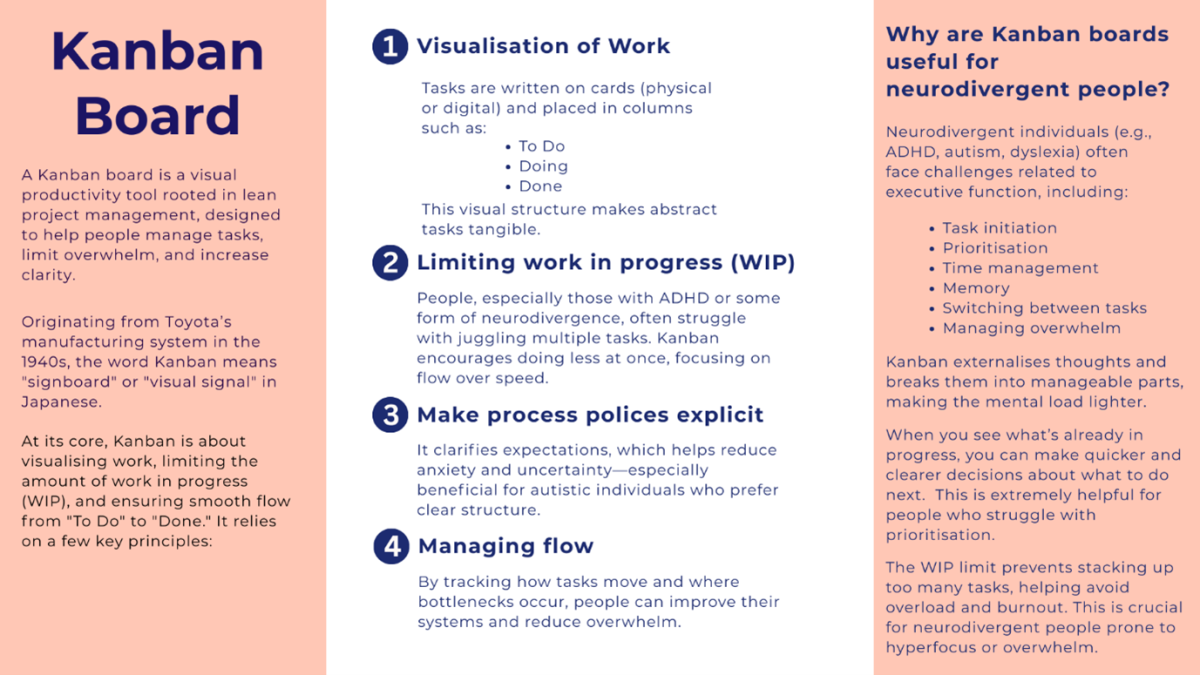
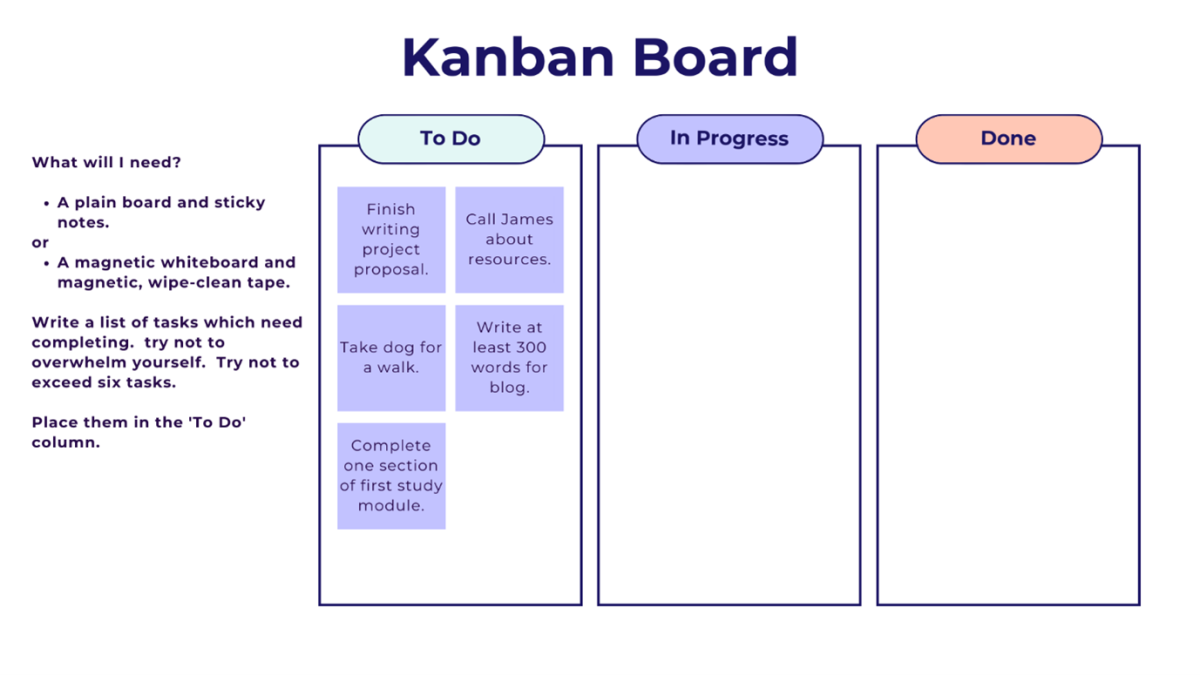
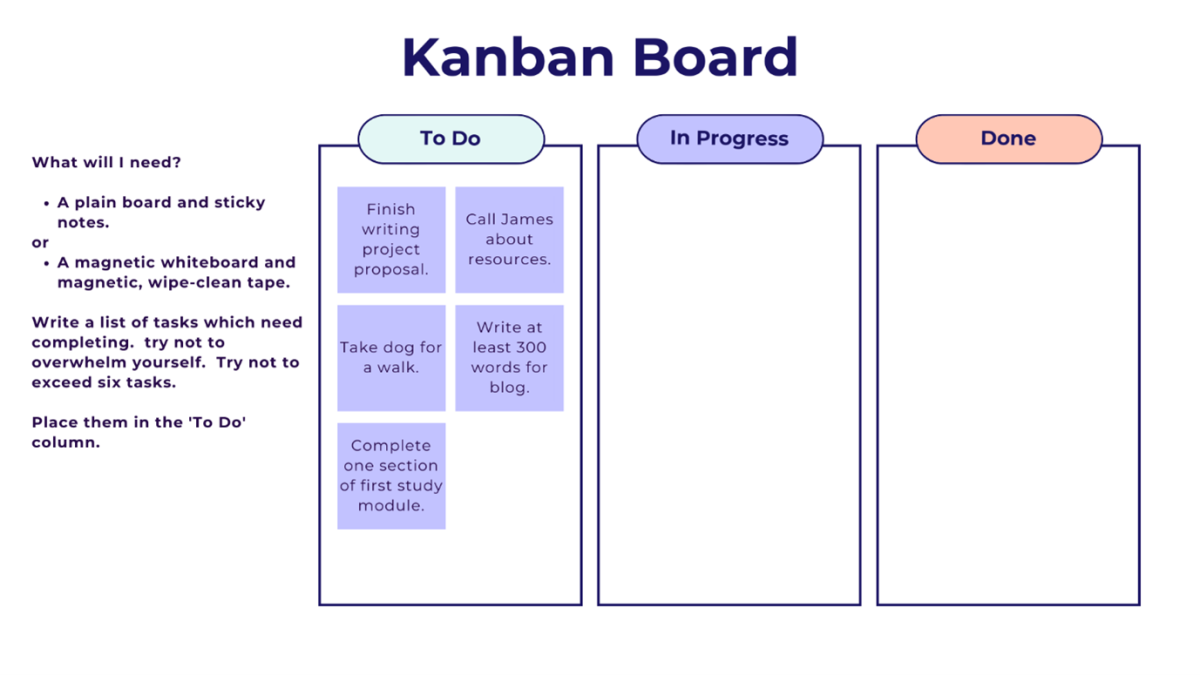
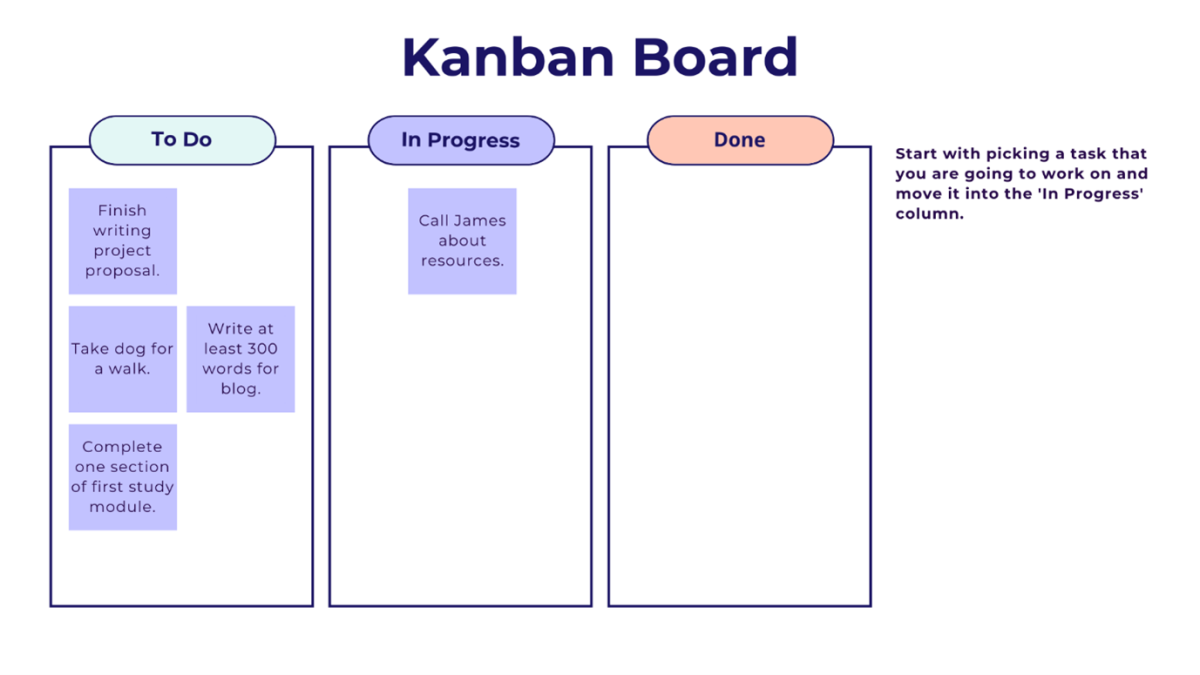
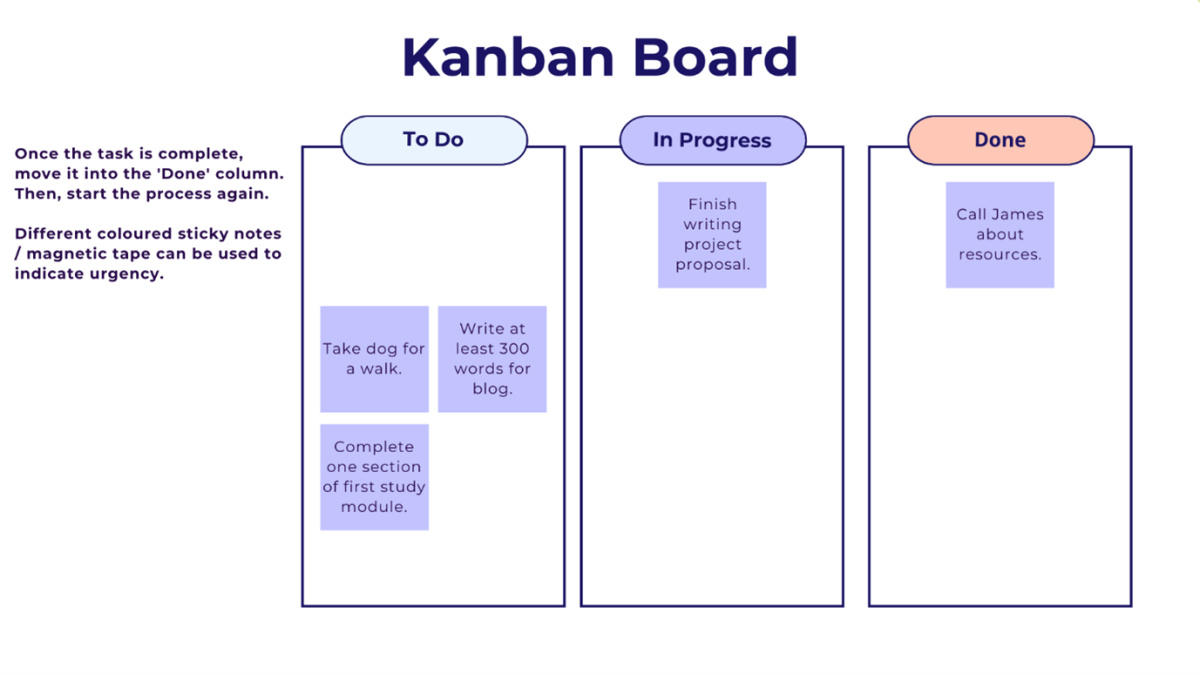
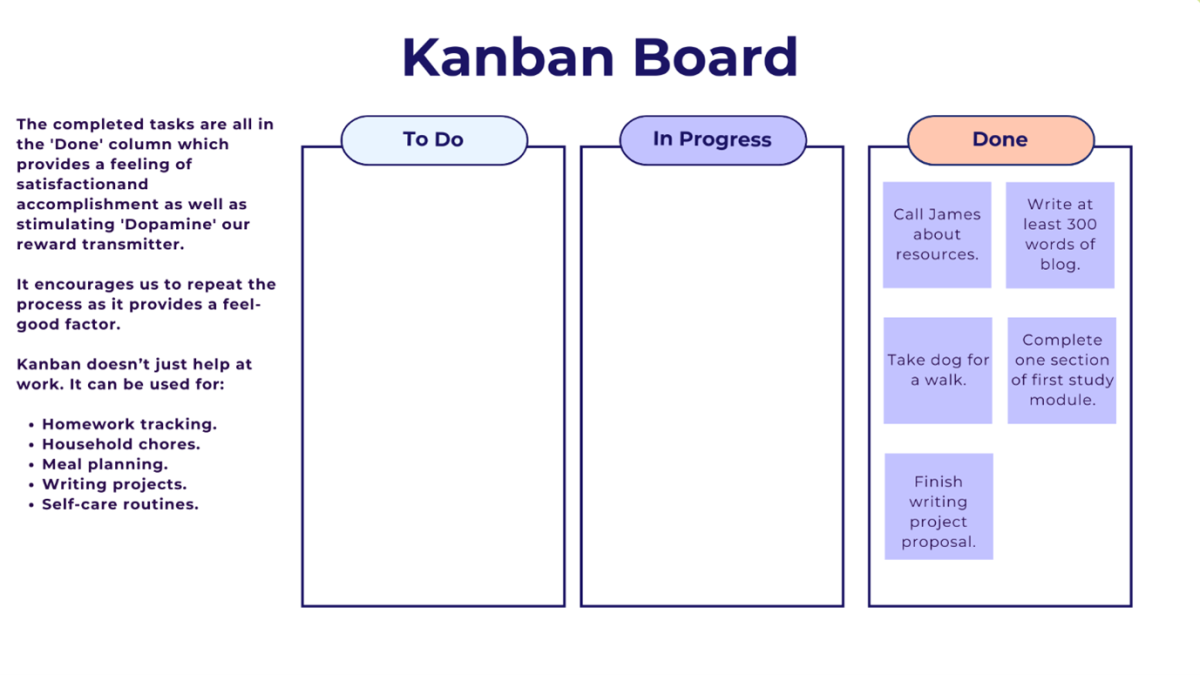



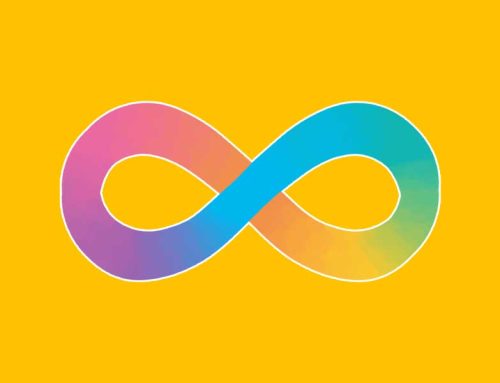

Leave A Comment